Born in Opava, Austro-Hungarian Empire, in 1901. Died in Berlin, East Germany, in 1983.
"We were four painters working in a group. Often in the night, we drew starving prisoners, transports of children, scenes of hanging. We built very safe hideouts in the ghetto [for our paintings]".
Miriam Novitch, Lucy Dawidowicz, Tom L. Freudenheim, Spiritual Resistance. Art from Concentration Camps, 1940-1945, Union of American Hebrew Congregations, 1981, p. 90
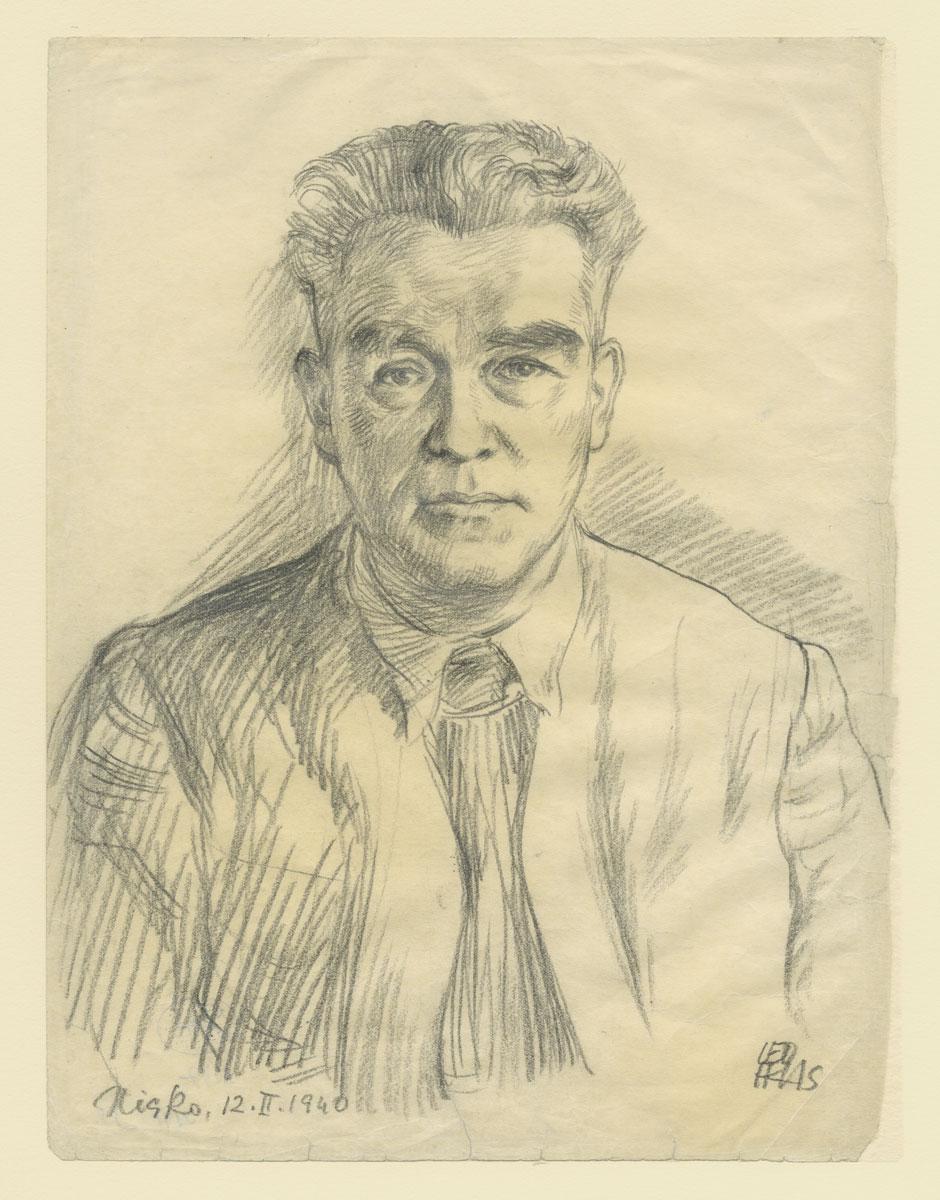
Engineer in the smelt house in Moravská Ostrava, Czechoslovakia. The „Elder of the Camp“ in Nisko.
Born 1887 in Vlachovice, Austro-Hungarian Empire. Deported to the Nisko Labor Camp, in October 1939. In February 1940, he was freed upon the intervention of his Swedish friends. Eisler returned after the war to Ostrava. Later he moved to Stockholm.
Pencil on paper
29.6X22.5 cm
Collection of the Yad Vashem Art Museum
Gift of Erwin Gruder, Sweden

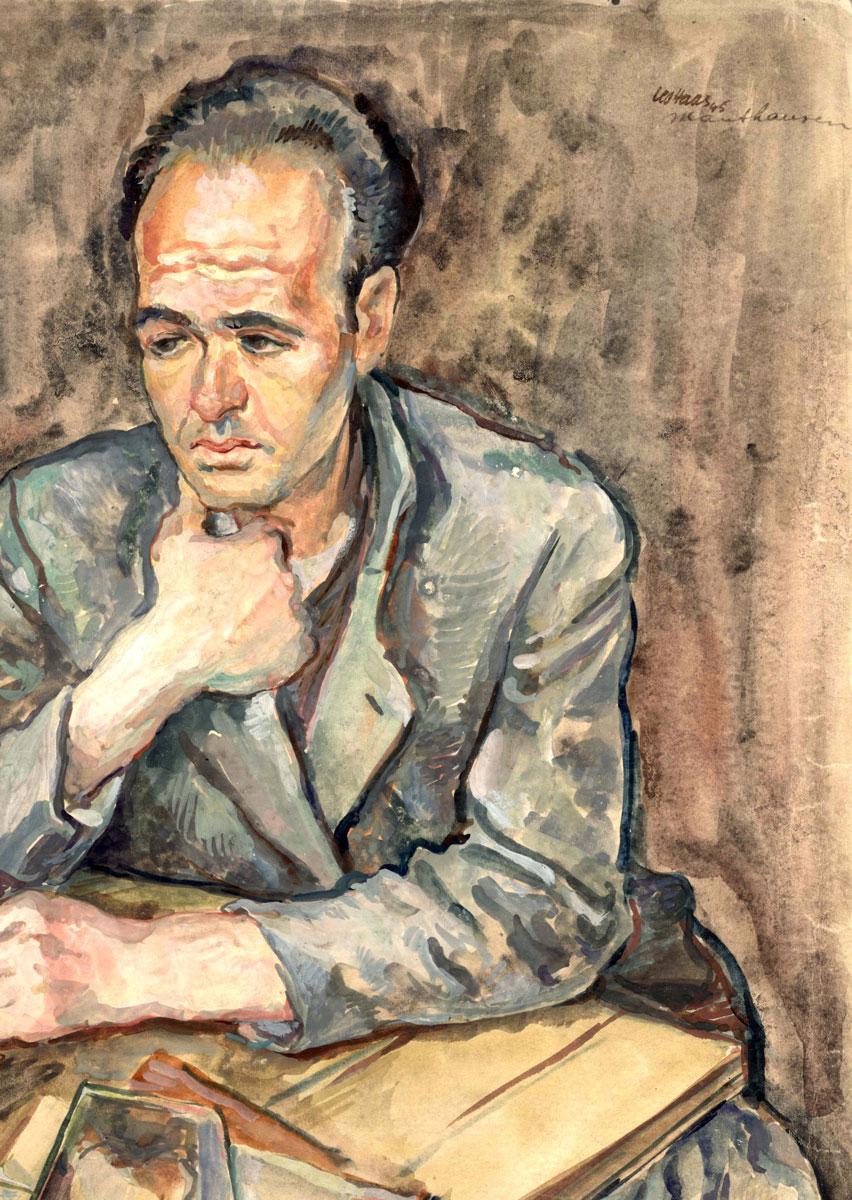
Art restaurator
Born 1914 in Vienna, Austro-Hungarian Empire. Lived in Paris, from where he was deported to the Drancy Camp. In May 1944, transported to Auschwitz and from there to Sachsenhausen, in the framework of Operation Bernhard to undermine the Allied economies. The counterfeiters were deported in February 1945 to the Mauthausen Concentration Camp and from there to Ebensee, where they were liberated.
Watercolor on paper
34.8X27.2 cm
Collection of the Yad Vashem Art Museum

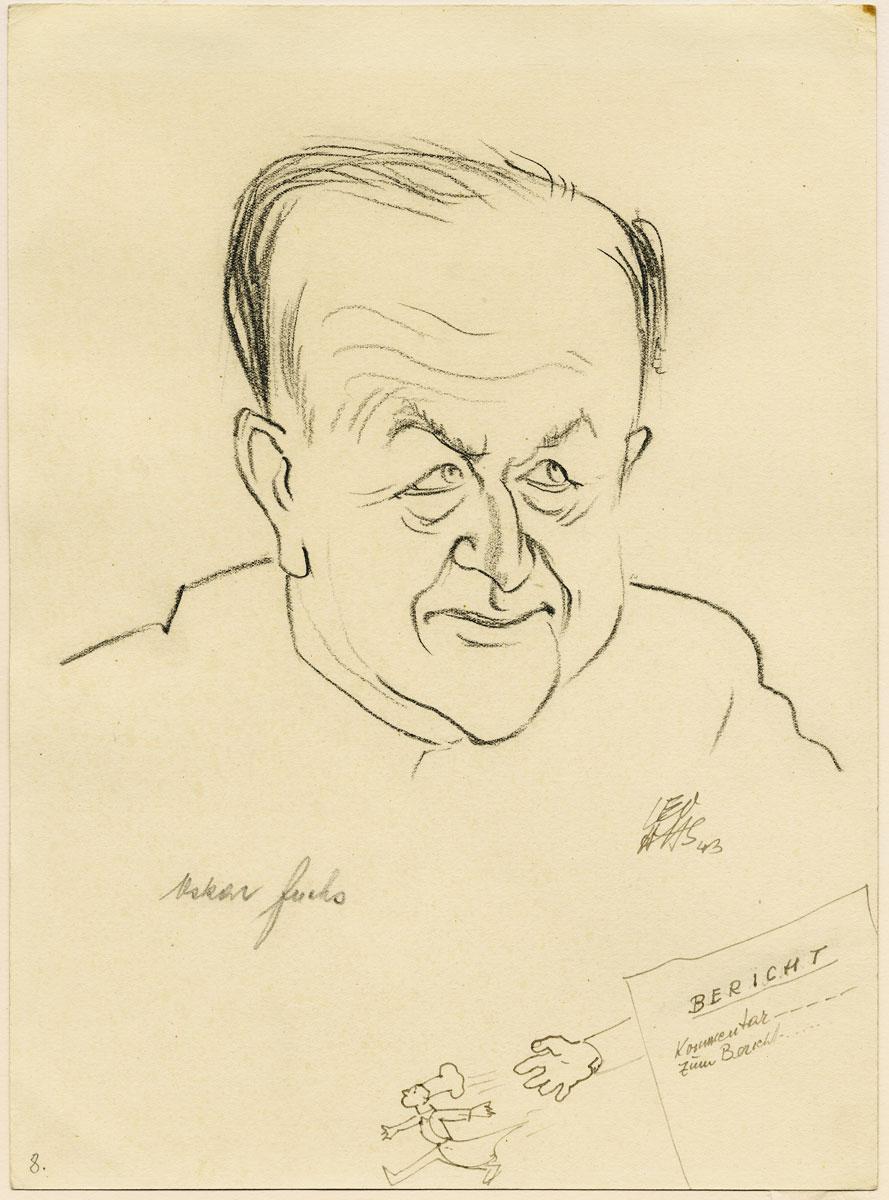
Born in 1889 or 1890. Lived in Prague. Deported to the Theresienstadt Ghetto in November 1942. In October 1944, sent to the Small Fortress with the order to bury ashes of murdered inmates, from the crematorium. Murdered in the Small Fortress.
Crayon and ink on paper
30X22 cm
Collection of the Yad Vashem Art Museum
Gift of Dr. Karl Loesten, Germany

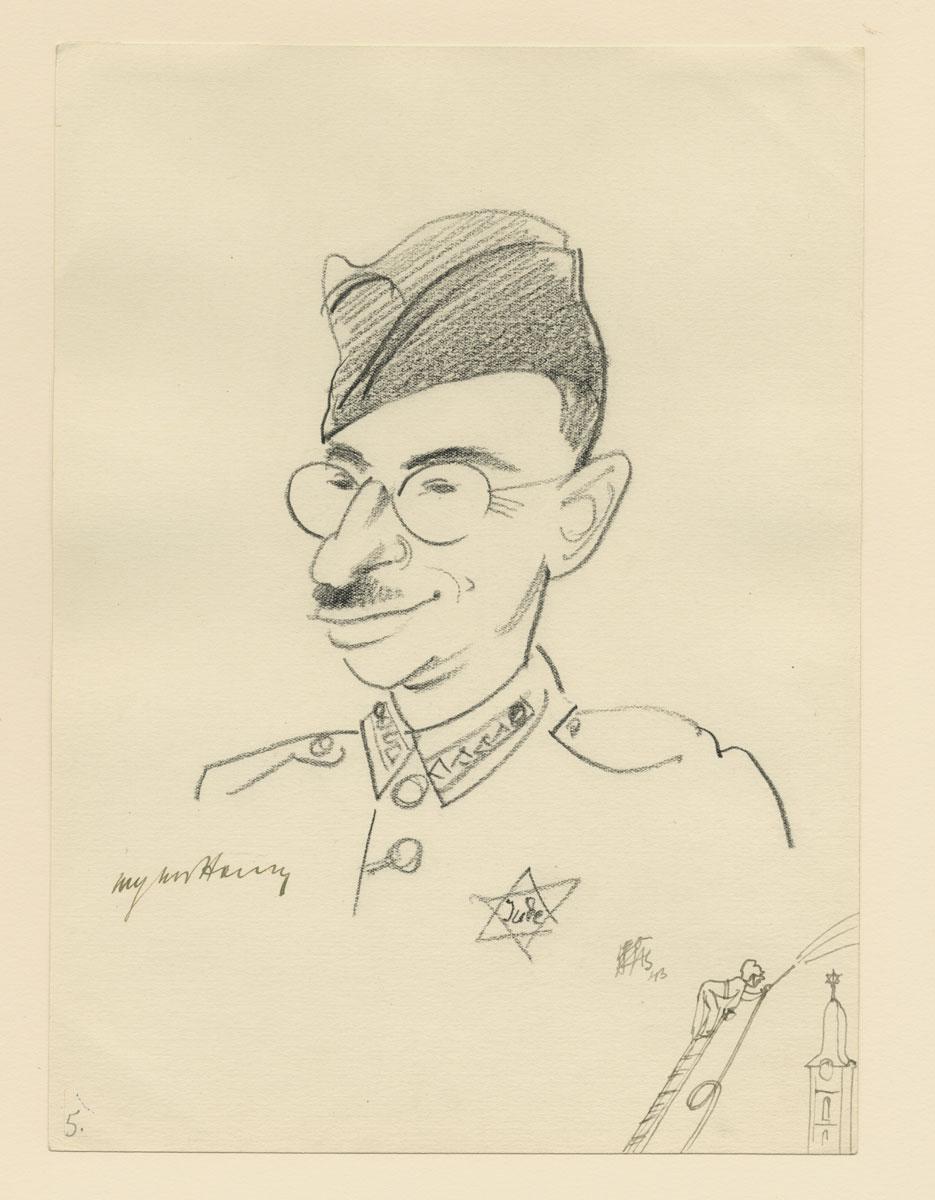
Engineer. Chief of the Fire Brigade in Theresienstadt.
Born 1902 in Kobersdorf, Austro-Hungarian Empire. In December 1941, deported to the Theresienstadt Ghetto, where he was liberated. After the war lived in Prague, where he died in 1989.
Crayon and ink on paper
30X22 cm
Collection of the Yad Vashem Art Museum
Gift of Dr. Karl Loesten, Germany

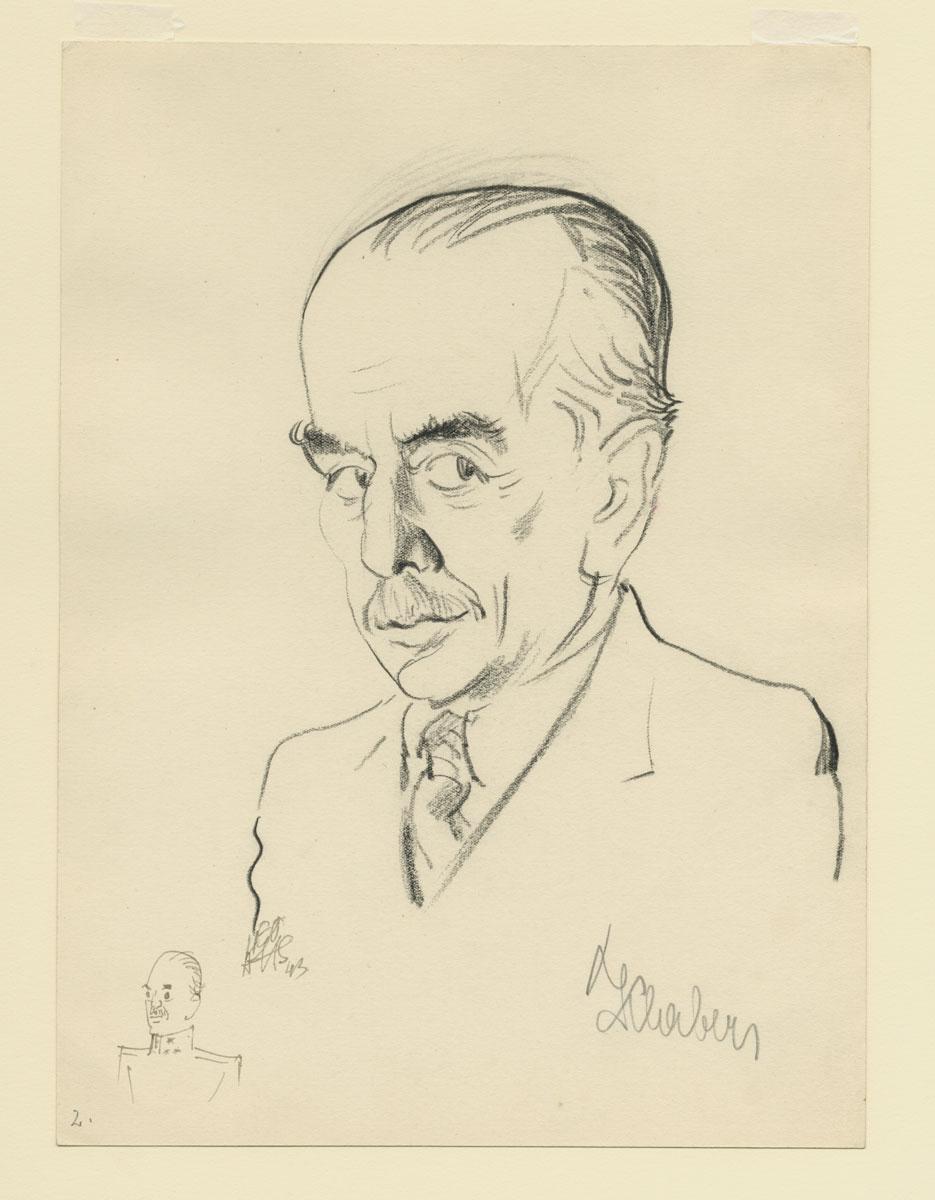
Deputy Chief of the Jewish Security Department in Theresienstadt.
Born 1885 in Březové Hory, Austro-Hungarian Empire. Deported from Prague to the Theresienstadt Ghetto, in December 1941. Survived.
Crayon and ink on paper
30X22 cm
Collection of the Yad Vashem Art Museum
Gift of Dr. Karl Loesten, Germany

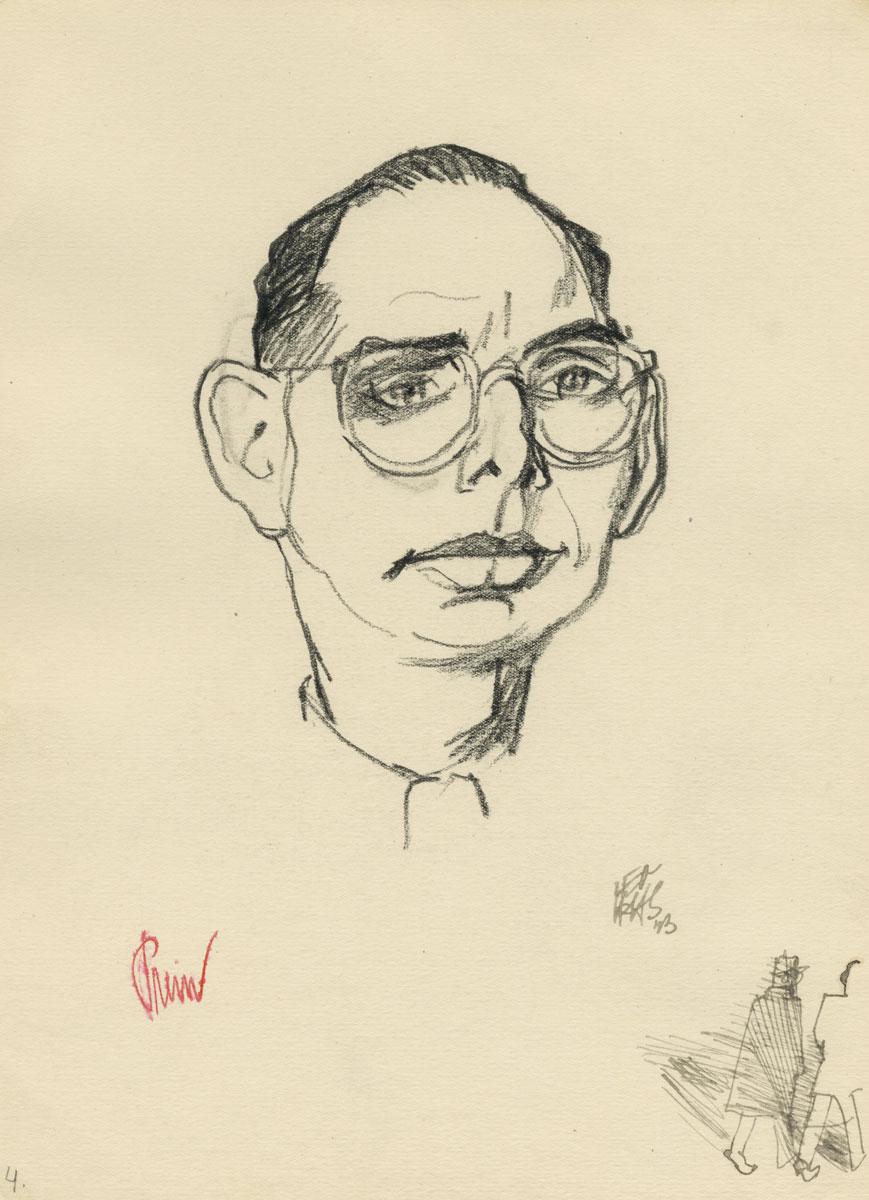
Crayon and ink on paper
30X22 cm
Collection of the Yad Vashem Art Museum
Gift of Dr. Karl Loesten, Germany

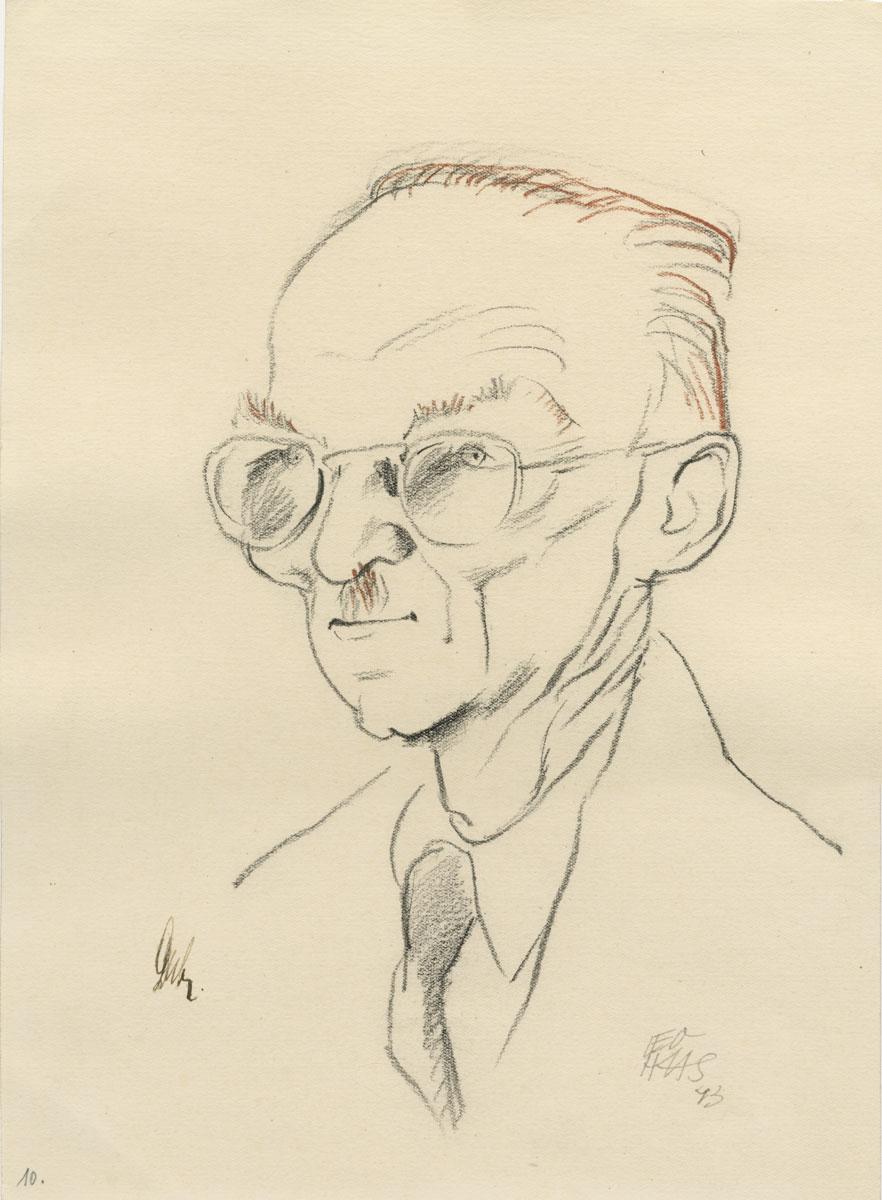
Crayon on paper
30X22 cm
Collection of the Yad Vashem Art Museum
Gift of Dr. Karl Loesten, Germany

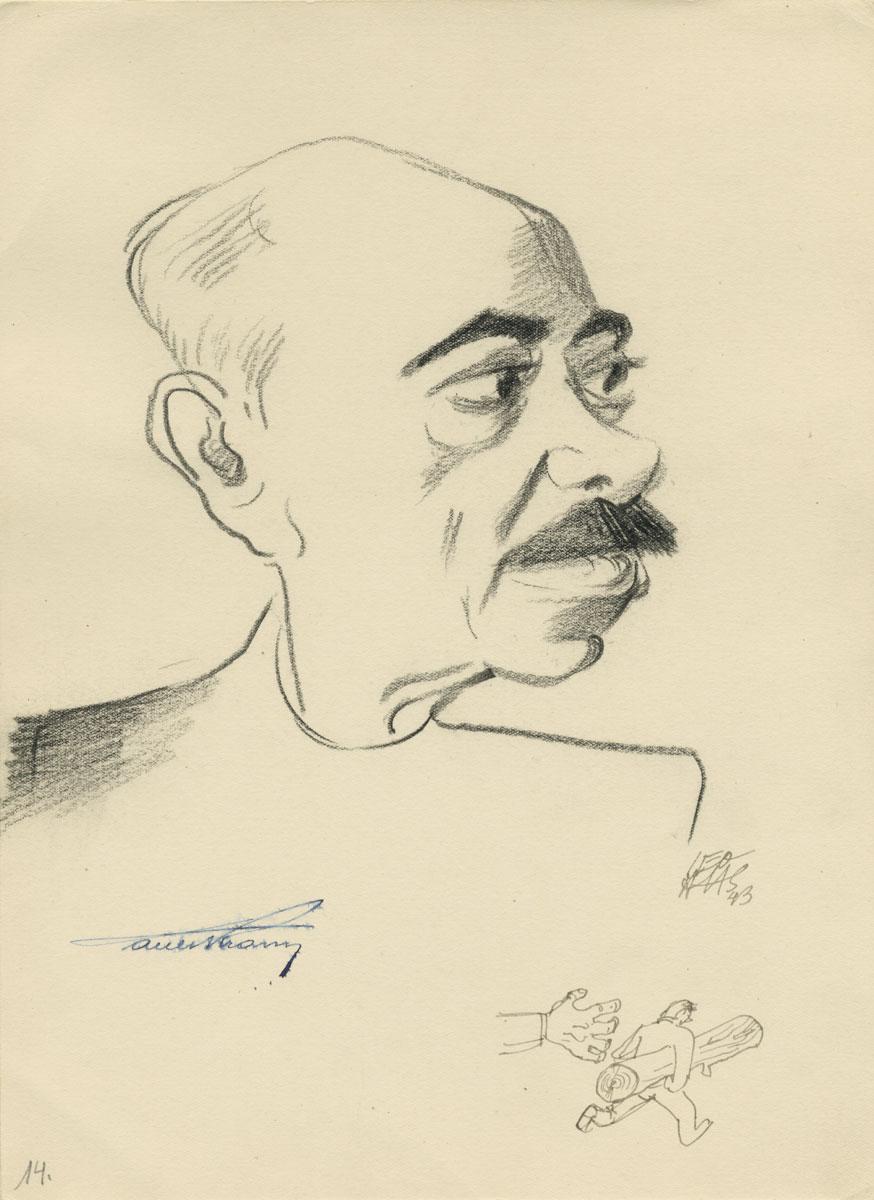
Crayon and ink on paper
30X22 cm
Collection of the Yad Vashem Art Museum
Gift of Dr. Karl Loesten, Germany


Pencil on paper
30X22 cm
Collection of the Yad Vashem Art Museum
Gift of Dr. and Mrs. Joseph and Maja Jacobs in Memory of Edith Kac







